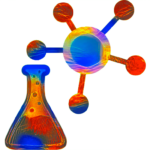Graph Therapy. The Year of the Graph Newsletter Vol. 20, June / May 2020
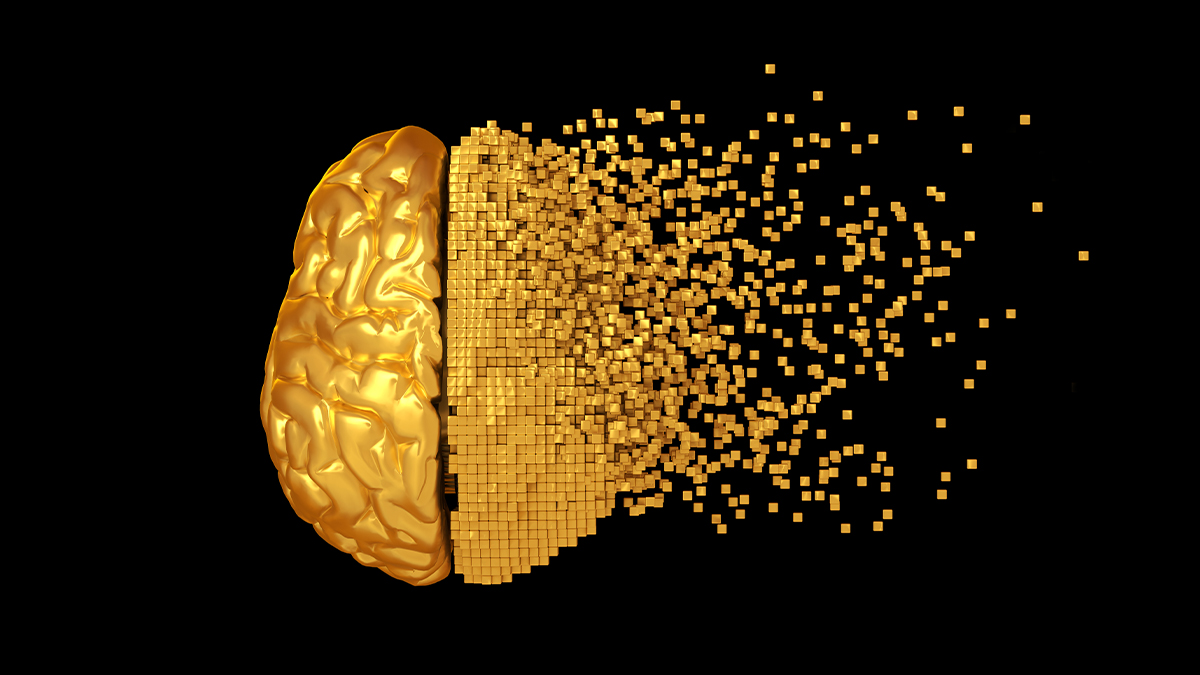
Parts of the world are still in lockdown, while others are returning to some semblance of normalcy. Either way, while the last few months have given some things pause, they have boosted others. It seems like developments in the world of Graph are among those that have been boosted.
An abundance of educational material on all things graph has been prepared and delivered online, and is now freely accessible, with more on the way.
Mark the date: The Year of the Graph will go live online too, on Monday June 29, including an ask me anything session. Register here.
Graph databases have been making progress and announcements, repositioning themselves by a combination of releasing new features, securing additional funds, and entering strategic partnerships.
A key graph database technology, RDF*, which enables compatibility between RDF and property graph databases, is gaining momentum and tool support.
And more cutting edge research combining graph AI and knowledge graphs is seeing the light, too. Buckle up and enjoy some graph therapy.
Stanford’s series of online seminars featured some of the world’s leading experts on all things graph. If you missed it, or if you’d like to have an overview of what was said, you can find summaries for each lecture in this series of posts by Bob Kasenchak and Ahren Lehnert. Videos from the lectures are available here.

Stanford Knowledge Graph Course Not-Quite-Live-Blog
Stanford University’s computer science department is offering a free class on Knowledge Graphs available to the public. Stanford is also making recordings of the class available via the class website.
Another opportunity to get up to speed with educational material: The entire program of the course “Information Service Engineering” at KIT – Karlsruhe Institute of Technology, is delivered online and made freely available on YouTube. It includes topics such as ontology design, knowledge graph programming, basic graph theory, and more.
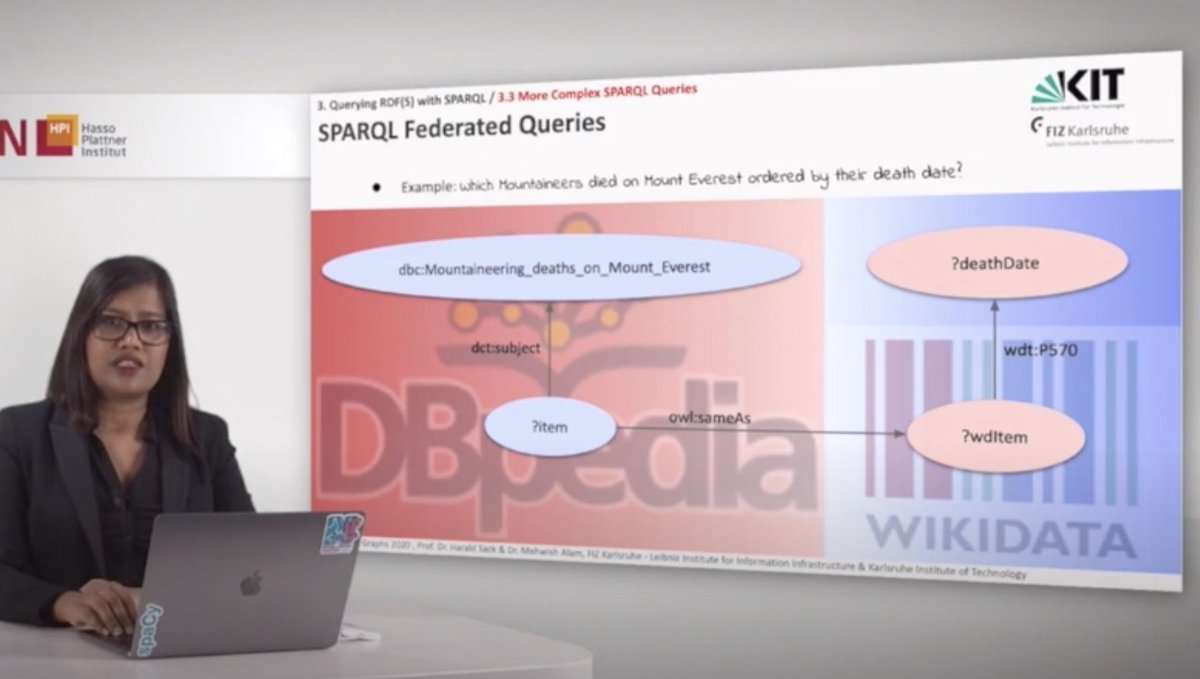
Information Service Engineering at KIT
Knowledge representation as a prerequisite for knowledge graphs. Learn about knowledge representation, ontologies, RDF(S), OWL, SPARQL, etc.
Ontology may sound like a formal term, while knowledge graph is a more approachable one. But the 2 are related, and so is ontology and AI. Without a consistent, thoughtful approach to developing, applying, evolving an ontology, AI systems lack underpinning that would allow them to be smart enough to make an impact.
The ontology is an investment that will continue to pay off, argue Seth Earley and Josh Bernoff in Harvard Business Review, making the case for how businesses may benefit from a knowldge-centric approach

Is Your Data Infrastructure Ready for AI?
Even after multiple generations of investments and billions of dollars of digital transformations, organizations struggle to use data to improve customer service, reduce costs, and speed the core processes that provide competitive advantage. AI was supposed to help with that.
Besides AI, knowledge graphs have a part to play in the Cloud, too. State is good, and lack of support for Stateful Cloud-native applications is a roadblock for many enterprise use-cases, writes Dave Duggal. Graph knowledge bases are an old idea now being revisited to model complex, distributed domains.
Combining high-level abstraction with Cloud-native design principles offers efficient “Context-as-a-Service” for hydrating stateless services. Graph knowledge-based systems can enable composition of Cloud-native services into event-driven dataflow processes.
Kubernetes also touches upon Organizational Knowledge, and that may be modeled as a Knowledge Graph.

Graph Knowledge Base for Stateful Cloud-Native Applications
Extending graph knowledge bases to model distributed systems creates a new kind of information system, one intentionally designed for today’s IT challenges.
The Enterprise Knowledge Graph Foundation was recently established to define best practices and mature the marketplace for EKG adoption, with a launch webinar on June the 23rd..
The Foundation defines its mission as including adopting semantic standards, developing best practices for accelerated EKG deployment, curating a repository of reusable models and resources, building a mechanism for engagement and shared knowledge, and advancing the business cases for EKG adoption.

Enterprise Knowledge Graph Maturity Model
The Enterprise Knowledge Graph Maturity Model (EKG/MM) is the industry-standard definition of the capabilities required for an enterprise knowledge graph. It establishes standard criteria for measuring progress and sets out the practical questions that all involved stakeholders ask to ensure trust, confidence and usage flexibility of data. Each capability area provides a business summary denoting its importance, a definition of the added value from semantic standards and scoring criteria based on five levels of defined maturity.
Enterprise Knowledge Graphs is what the Semantic Web Company (SWC) and Ontotext have been about for a long time, too. Two of the vendors in this space that have been around for the longer time just announced a strategic partnership: Ontotext, a graph database and platform provider, meets SWC, a management and added value layer that sits on top.
SWC and Ontotext CEOs emphasize how their portfolios are complementary, while the press release states that the companies have implemented a seamless integration of the PoolParty Semantic Suite™ v.8 with the GraphDB™ and Ontotext Platform, which offers benefits for many use cases.

Semantic Web Company and Ontotext Partner to Advance Enterprise Knowledge Graphs
Ontotext and Semantic Web Company (SWC) — two of the strongest voices advocating the value of knowledge graphs for organizations dealing with large amounts of diverse data — have announced a strategic partnership.
Stardog is another graph database and platform provider. Stardog announced it has expanded it completed a Series B round of $11.4 million venture capital funding to mature its go-to-market initiatives. Its CEO set the goals of expanding EU operations, strengthening work in public sector, and developing tools and partnerships.

Stardog, the leading Enterprise Knowledge Graph platform, expands Series B to $11.4 million to mature go-to-market initiatives
Stardog, the leading Enterprise Knowledge Graph platform, today announced it has expanded its Series B round to $11.4m, securing an additional $3 million from new investors.
NebulaGraph is an open source graph database developed by VESoft, a Chinese enterprise. VESoft is ready for further growth after closing an $8 million funding round led by Redpoint China Ventures, an investment firm launched by Silicon Valley-based Redpoint Ventures in 2005
NebulaGraph lists some 20 enterprise clients as users from domains such as social media, ecommerce, and finance. These include the likes of Meituan, Xiaohongshu, and JD.com. NebulaGraph has also been releasing new features, such as the Nebula Studio graph data visualization tool.
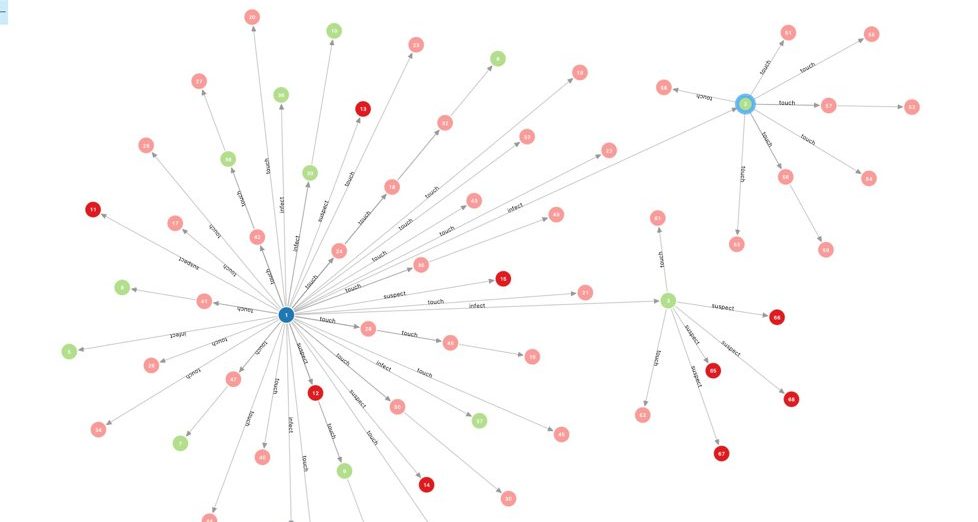
VESoft raises $8M to meet China’s growing need for graph databases
Sherman Ye founded VESoft in 2018 when he saw a growing demand for graph databases in China. VESoft is ready for further growth after closing an $8 million funding round.
Microsoft Azure CosmosDB is a globaly distributed, cloud based, multi-model database which also supports graph. New autoscale and serverless features have been announced, to allow better alignment of billing to active usage.
Furthermore, a new change feed, and a new Java API. Microsoft is grooming Cosmos DB as its developer-friendly NoSQL database that accommodates massive global web-scale applications but can also be cost-effective for much smaller ones.
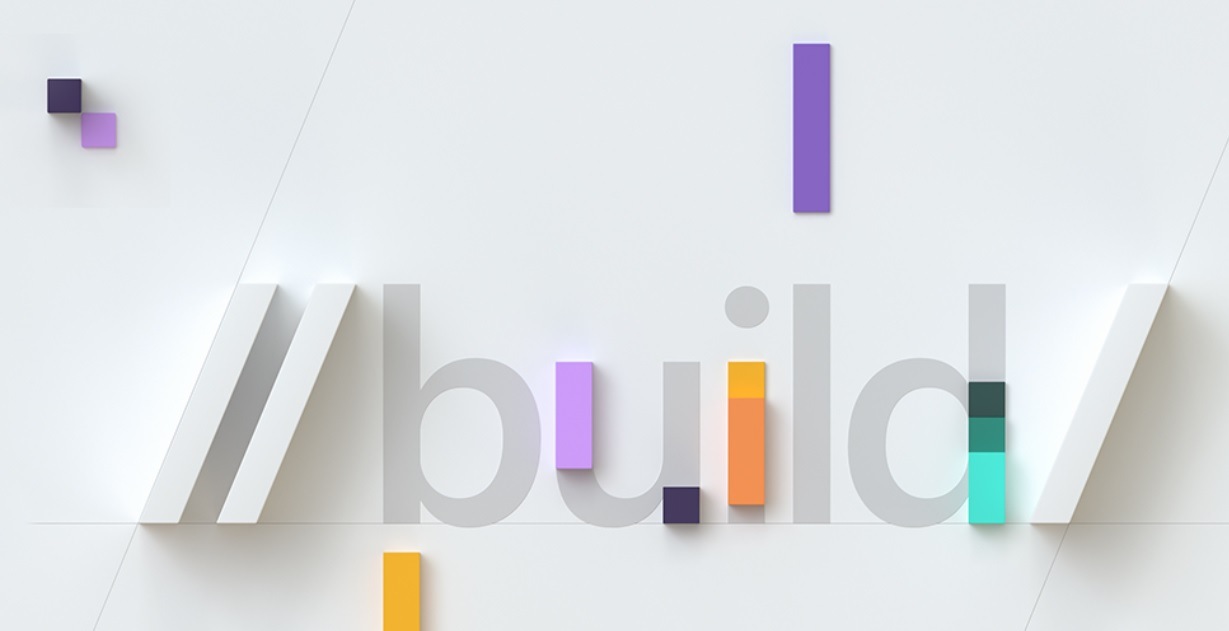
Microsoft Build brings announcements for cloud data, analytics services, and intersection of the two
A series of announcements around Synapse Analytics, Cosmos DB, Azure Database and SQL Edge make this year’s Microsoft Build conference a virtual event revealing actual advances and concrete integrations.
As we have often highlighted, a key differentiation among graph databases is their data model. Some are based on RDF, while others on property graphs (even though hybrids exist, too).
RDF graph databases are also known as triple stores. Here Alan Morrison answers the question “What are the main pros of property graph databases compared to triplestores?”, quoting Marko Rodriguez, one of the most knowledgeable people in this space.
What are the main pros of property graph databases compared to triplestores?
How do property graph databases compare to RDF triplestores? RDF is best as a means of strategic integration, property graphs are best for tactical analytics.
Neo4j is among the most popular graph databases. Even though it leverages property graphs, it also has an open source plugin called Neosemantics which enables it to work with RDF. A new version of Neosemantics has been released, supporting Persisted Graph Configurations, Model Validations with SHACL, and SKOS import.
Some key features of Neosemantics are storing RDF data in Neo4j in a lossless manner (imported RDF can subsequently be exported without losing a single triple in the process), and on-demand exporting property graph data from Neo4j as RDF.

Neosemantics 4.0 is out!
Neosemantics is a Neo4j plugin that enables the use of the Resource Description Framework (RDF) W3C standard model for data interchange in Neo4j.
RDF* is an extenstion to RDF that enables way of mapping RDF and property graphs. RDF* and SPARQL*, the extension to the RDF SPARQL query language, are undergoing standardization via the W3C. Olaf Hartig, RDF* creator, has put together a collection of command line tools and Java libraries to process RDF* data and SPARQL* queries.
RDF4J and Jena, both popular open source tools for working with RDF, have added support for RDF*. RDF graph databases Cambridge Semantics AnzoGraph, Ontotext GraphDB and Stardog now support RDF* and SPARQL*. And Yago, a well-known open knowledge graph uses RDF* to represent statement-level annotations.

YAGO 4
YAGO 4 is the latest version of the YAGO knowledge base. It is based on Wikidata — the largest public general-purpose knowledge base.
The good news for RDF and SPARQL do not end here. Now data science notebook users can query public knowledge graph SPARQL endpoints directly, via integration with Jupyter and Zeppelin Notebooks, as Bob DuCharme shows.
In addition, Zazuko has released an open source SPARQL endpoint explorer, which lets users visually browse the endpoints.

SPARQL in a Jupyter Notebook
Paulo Villegas has released a SPARQL kernel for Jupyter notebooks that lets us run queries natively, and I have been having some fun with it.
More AI and data science overlap with the graph world: StellarGraph, an open source library for machine learning on graphs & networks, has released version 1.0. It includes algorithms and examples for Node classification, Link prediction, Unsupervised training / representation learning, and Graph classification.

StellarGraph 1.0 — taking graph machine learning to a new level
Today we delivered version 1.0 of the open-source, user-friendly StellarGraph library for machine learning (ML) on graphs and networks. It’s the culmination of three years of active research and engineering.
Jure Leskovac, one of the key researchers in Graph AI, has recently presented advancements in Deep Learning for Graphs at the Deep Learning for Graphs workshop at The Web Conference. This includes a new version of the Open Graph Benchmark, a collection of realistic, large-scale, diverse benchmark datasets for machine learning with graphs.
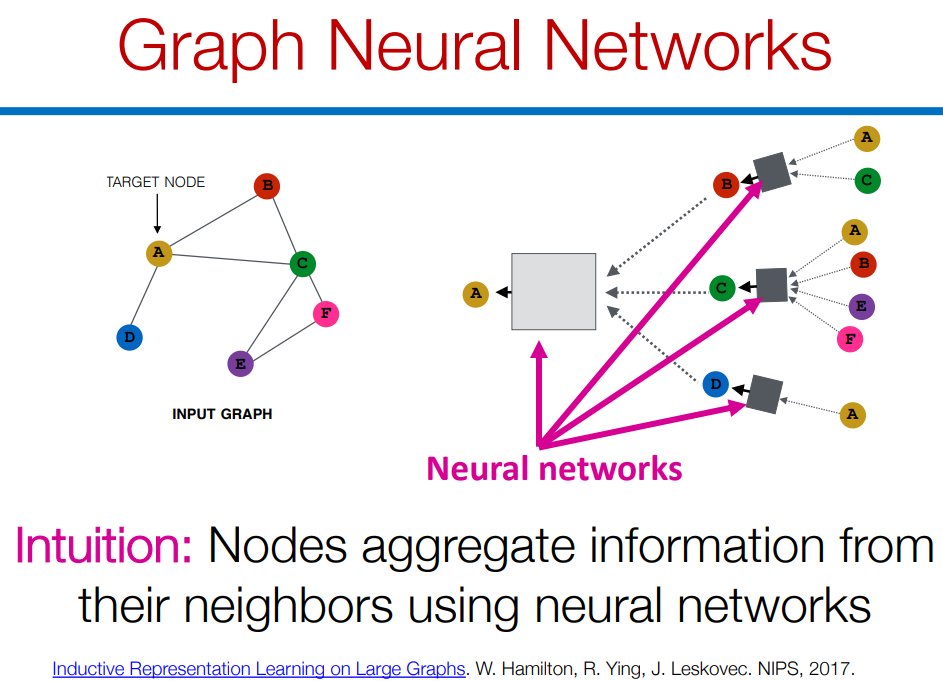
Advancements in Deep Learning for Graphs
Position-aware Graph Neural Networks, Strategies for Pretraining GNNs and the Open Graph Benchmark.
More cutting edge graph + AI research: SeMi, the SEmantic Modeling machIne, is a tool to semi-automatically build large-scale Knowledge Graphs from structured sources: CSV, JSON, or XML. It builds semantic models of data sources with concepts and relations in a domain ontology, and uses a graph neural network

SeMi: A SEmantic Modeling machIne to build Knowledge Graphs with graph neural networks
SeMi (SEmantic Modeling machIne) is a tool to semi-automatically build large-scale Knowledge Graphs from structured sources such as CSV, JSON, and XML files.
Wrapping up with some COVID-19 related initiatives. The NSF has awarded funding for a Semantic Integration Platform to Combat COVID-19. COVID-19 Net will refine a knowledge graph and integrate it with complementary knowledge graphs.
The Italian government publishes daily official COVID-19 open data. Now the data is available as linked data, using the RDF Data Cube Vocabulary.
A COVID-19 Knowledge Graph Web Tool that enables users to compare news from the BBC, CNN, Fox and DW News has been created by Loomi Assistant

NSF Awards Funding for Semantic Integration Platform to Combat COVID-19
The NSF has awarded two researchers at the San Diego Supercomputer Center (SDSC) funding to organize COVID-19 information into a transdisciplinary knowledge network that integrates health, pathogen, and environmental data to better track cases to improve analysis and forecasting across the greater San Diego region.



